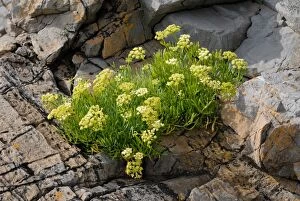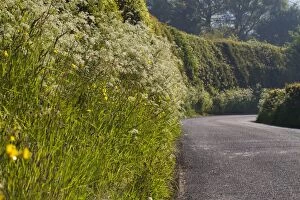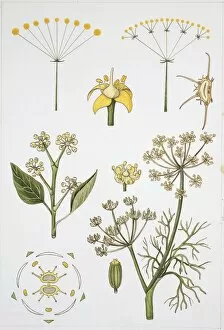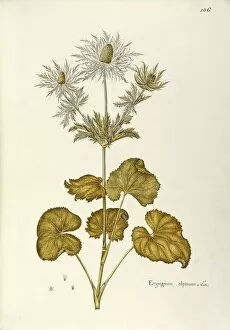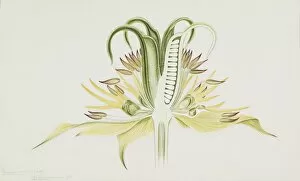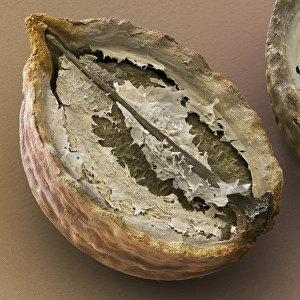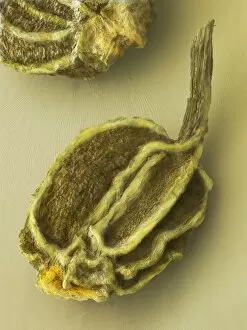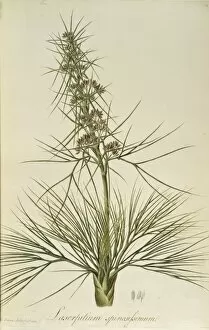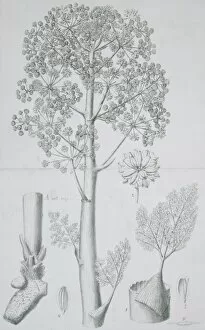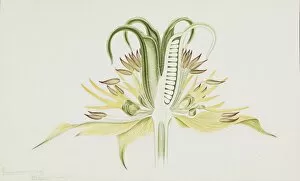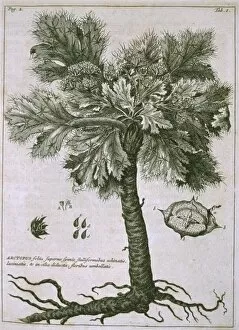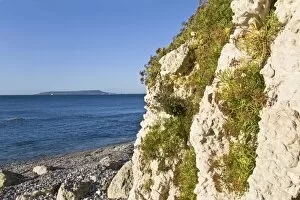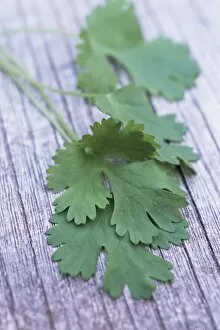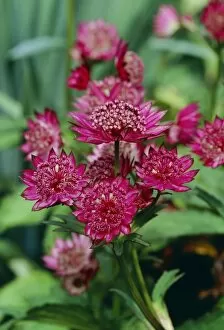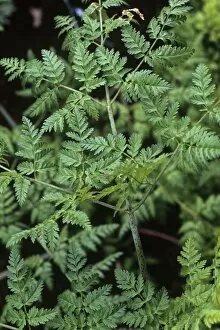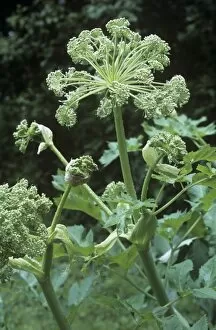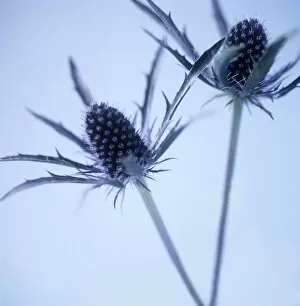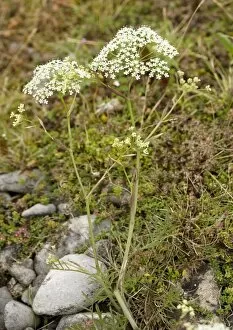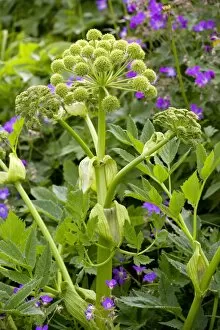Umbelliferae Collection (page 3)
"Discover the Fascinating World of Umbelliferae: A Journey through Vegetable Roots and Exquisite Flora" Delve into the enchanting realm of Umbelliferae
All Professionally Made to Order for Quick Shipping
"Discover the Fascinating World of Umbelliferae: A Journey through Vegetable Roots and Exquisite Flora" Delve into the enchanting realm of Umbelliferae, a diverse family of plants that includes some well-known vegetables like Daucus carota, better known as carrots. These humble vegetable roots not only add flavor to our dishes but also provide essential nutrients for a healthy diet. As we explore further, we encounter the captivating Sea Holly (Eryngium sp. ), with its striking blue hues and intricate flower structures. This resilient plant thrives in coastal regions, adding a touch of elegance to sandy dunes or garden borders. Sweet Cicely (Myrrhis odorata), native to Europe, surprises us with its delicate foliage and aromatic qualities. Its presence brings an air of freshness and sweetness to any garden or culinary creation. In this vast botanical tapestry, even tiny creatures find their place. Witness the adorable Harvest Mouse (Micromys minutus) meticulously cleaning its nose on Common Hogweed (Heracleum sphondylium). Nature's intricacies never cease to amaze. Rock Samphire (Crithmum maritimum) emerges from rocky crevices along coastlines, defying harsh conditions with its resilience and unique taste. It adds zest to seafood dishes while reminding us of nature's ability to thrive in unexpected places. Venturing into alpine landscapes reveals Alpine Sea Holly (Eryngium alpinum), also known as Queen of the Alps. Its majestic inflorescence stands tall against breathtaking mountain vistas—a true testament to nature's grandeur. Silhouettes dance across fields adorned by Teasel (Dipsacus fullonum), Hedge Parsley (Torilis), and Allium seedheads—nature's artwork painted against austere backdrops. Their beauty lies not only in their form but also in their role as vital components of the ecosystem.

